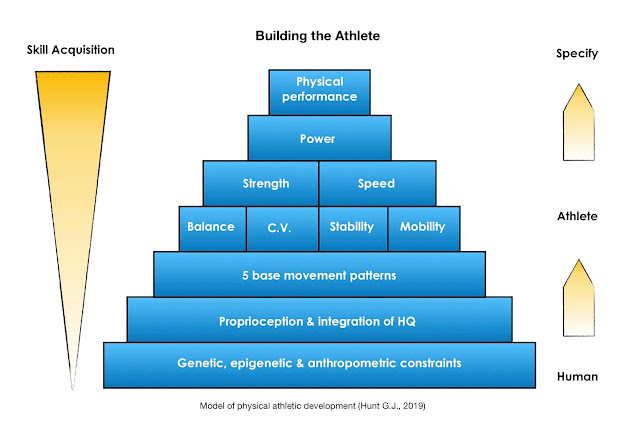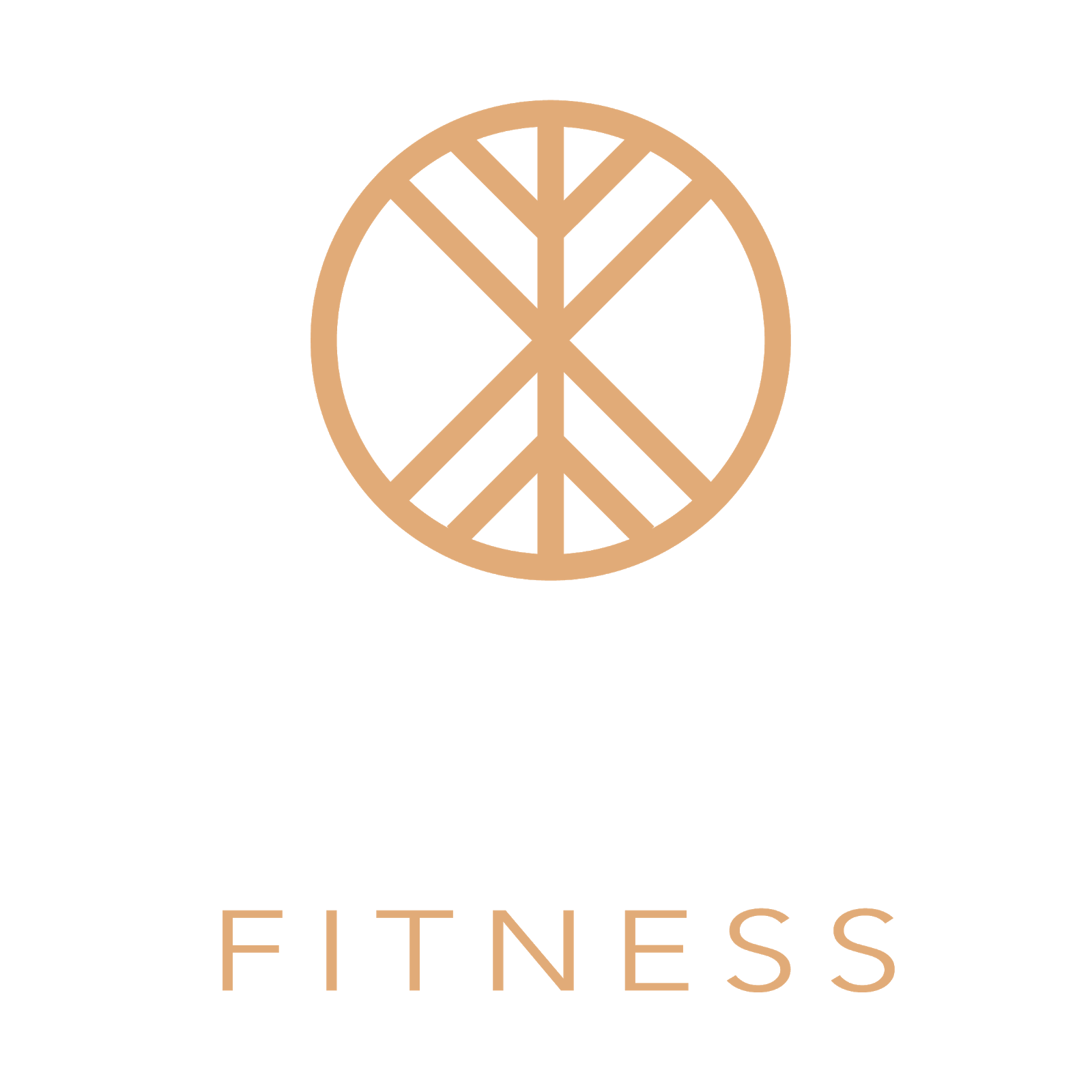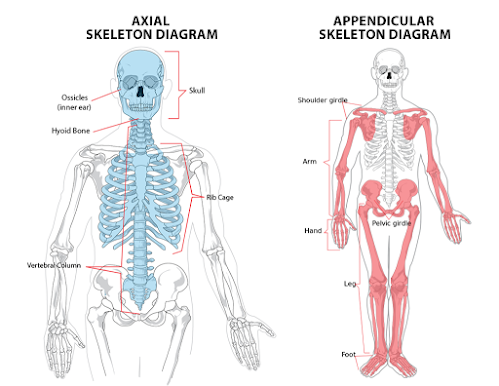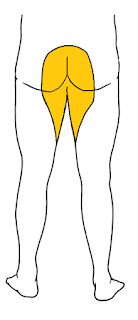Key Concepts - Building athletic performance (Part 3)

1. Aim To introduce the Sanari Fitness model of athletic performance and why it should be the definitive approach to athletic development. 2. Intended Audience Sports coaches, S&C coaches, healthcare professionals, athletes 3. Introduction Continuation explaining the model below. Visit https://www.sanarifitness.com/2020/09/key-concepts-building-athletic.html for the beginning in the series. 4. Level 3 - The 5 base movement patterns So the basic concept here is that all movement flows from proximal to distal, so close to far. Meaning that in order for your limbs to perform your spine must function correctly. As we are developing the brain splits the body in to functional groups if you will, in order to learn how best to move the complex machinery that is your body. It does this by using the 5 base movement patterns: 1. Core/Distal - To calibrate close to far Core/Distal Pattern 2. Spinal - To



